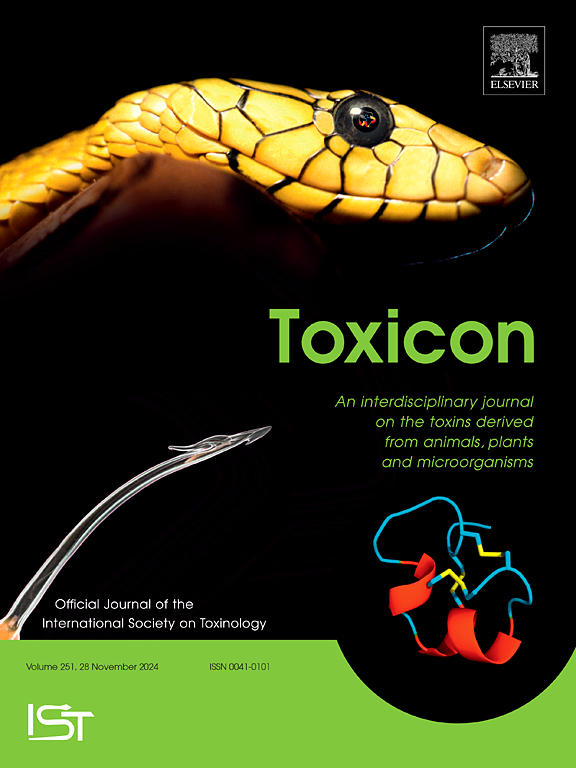喉及舌部注射肉毒杆菌神经毒素后不良反应的预防及处理
IF 2.6
4区 医学
Q2 PHARMACOLOGY & PHARMACY
引用次数: 0
摘要
肉毒杆菌神经毒素治疗是治疗局灶性肌张力障碍影响喉部和舌头的金标准。然而,该区域复杂的解剖结构和重要功能给注射带来了独特的挑战。本文概述了治疗前评估和注射技术,以尽量减少与肉毒杆菌神经毒素治疗有关的不良反应,包括喉肌张力障碍、环咽功能障碍和舌肌张力障碍,以达到安全有效的患者结果。本文章由计算机程序翻译,如有差异,请以英文原文为准。
Prevention and management of adverse effects following botulinum neurotoxin injection therapy in the larynx and tongue
Botulinum neurotoxin therapy is the gold standard for managing focal dystonias affecting the larynx and tongue. However, the region's complex anatomy and vital functions pose unique challenges for the injector. This article provides an overview of the pre-treatment evaluations and injection techniques to minimise the adverse effects commonly linked to botulinum neurotoxin therapy for conditions including laryngeal dystonia, cricopharyngeal dysfunction and lingual dystonia, to achieve safe and effective patient outcomes.
求助全文
通过发布文献求助,成功后即可免费获取论文全文。
去求助
来源期刊

Toxicon
医学-毒理学
CiteScore
4.80
自引率
10.70%
发文量
358
审稿时长
68 days
期刊介绍:
Toxicon has an open access mirror Toxicon: X, sharing the same aims and scope, editorial team, submission system and rigorous peer review. An introductory offer Toxicon: X - full waiver of the Open Access fee.
Toxicon''s "aims and scope" are to publish:
-articles containing the results of original research on problems related to toxins derived from animals, plants and microorganisms
-papers on novel findings related to the chemical, pharmacological, toxicological, and immunological properties of natural toxins
-molecular biological studies of toxins and other genes from poisonous and venomous organisms that advance understanding of the role or function of toxins
-clinical observations on poisoning and envenoming where a new therapeutic principle has been proposed or a decidedly superior clinical result has been obtained.
-material on the use of toxins as tools in studying biological processes and material on subjects related to venom and antivenom problems.
-articles on the translational application of toxins, for example as drugs and insecticides
-epidemiological studies on envenoming or poisoning, so long as they highlight a previously unrecognised medical problem or provide insight into the prevention or medical treatment of envenoming or poisoning. Retrospective surveys of hospital records, especially those lacking species identification, will not be considered for publication. Properly designed prospective community-based surveys are strongly encouraged.
-articles describing well-known activities of venoms, such as antibacterial, anticancer, and analgesic activities of arachnid venoms, without any attempt to define the mechanism of action or purify the active component, will not be considered for publication in Toxicon.
-review articles on problems related to toxinology.
To encourage the exchange of ideas, sections of the journal may be devoted to Short Communications, Letters to the Editor and activities of the affiliated societies.
 求助内容:
求助内容: 应助结果提醒方式:
应助结果提醒方式:


